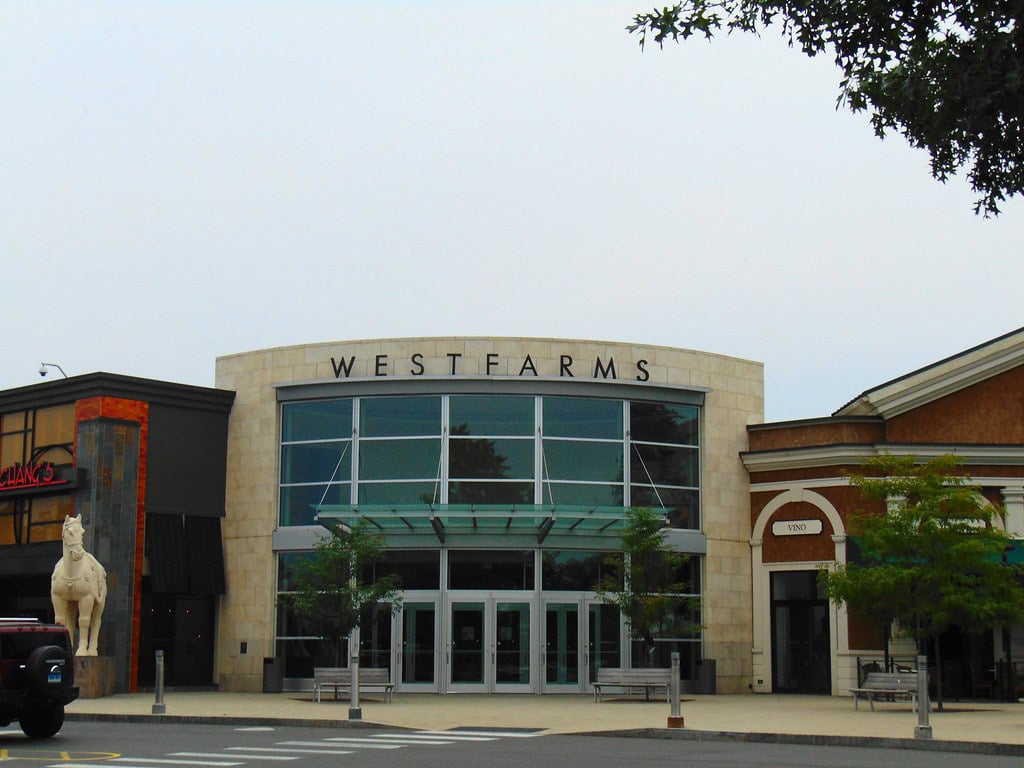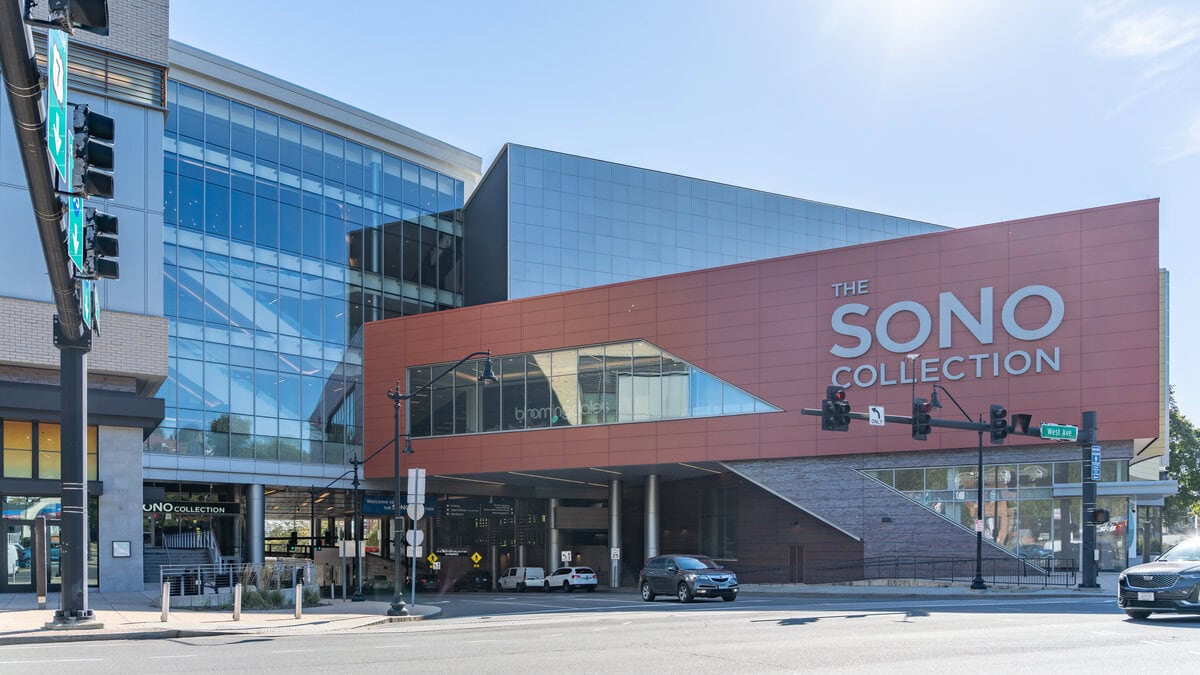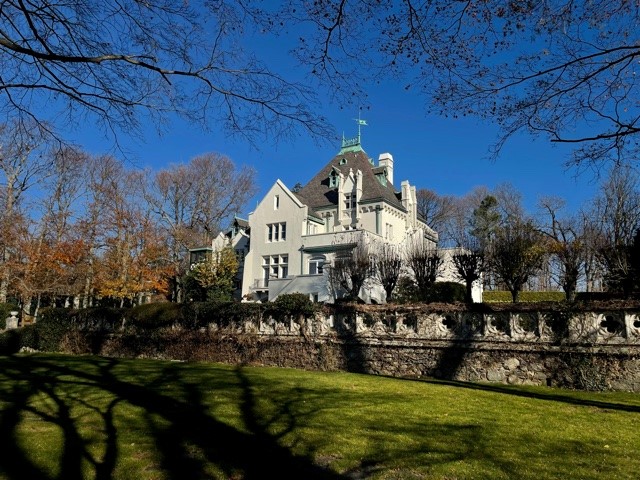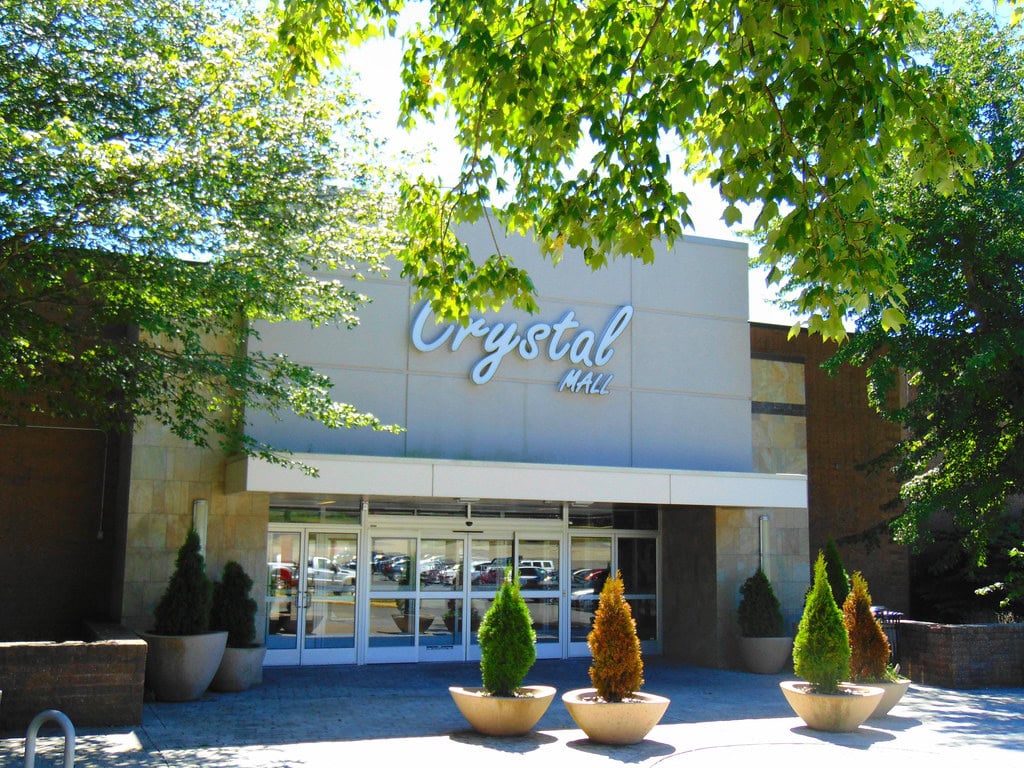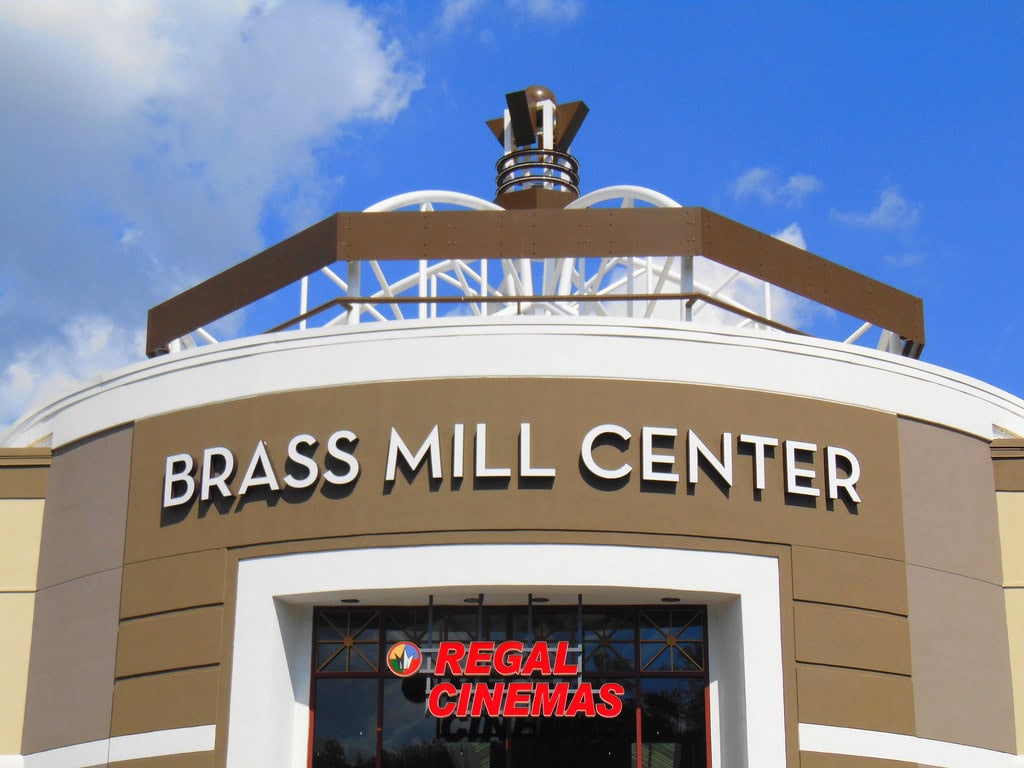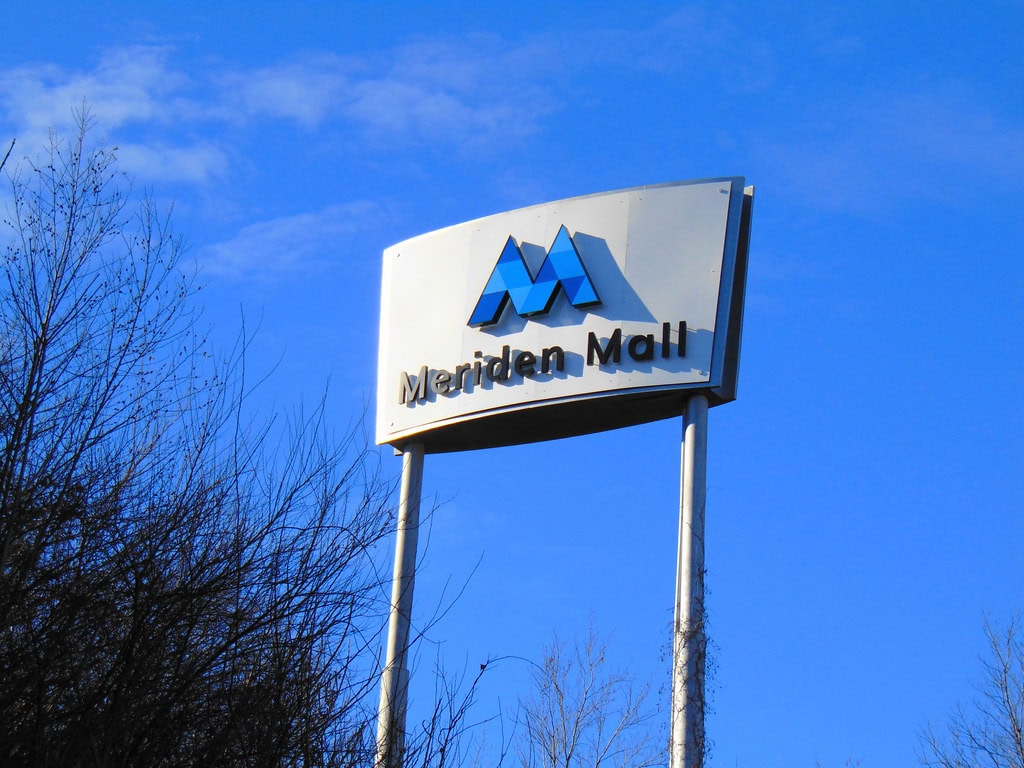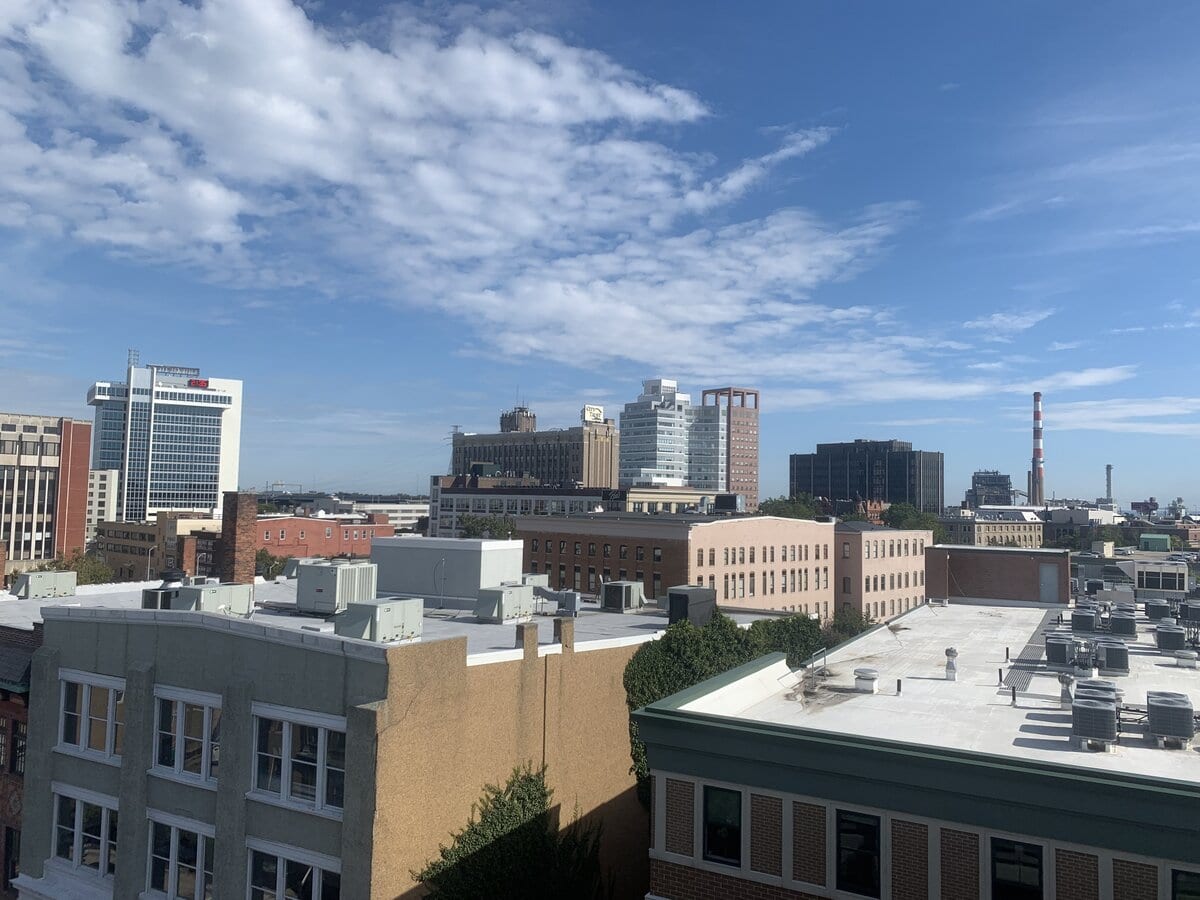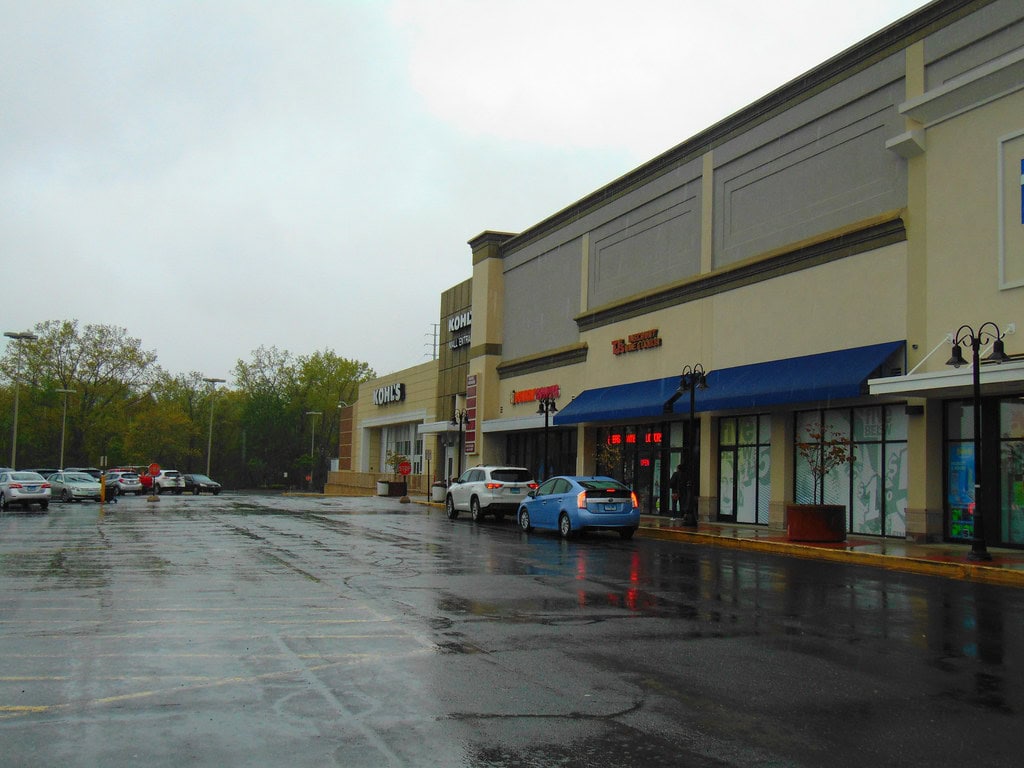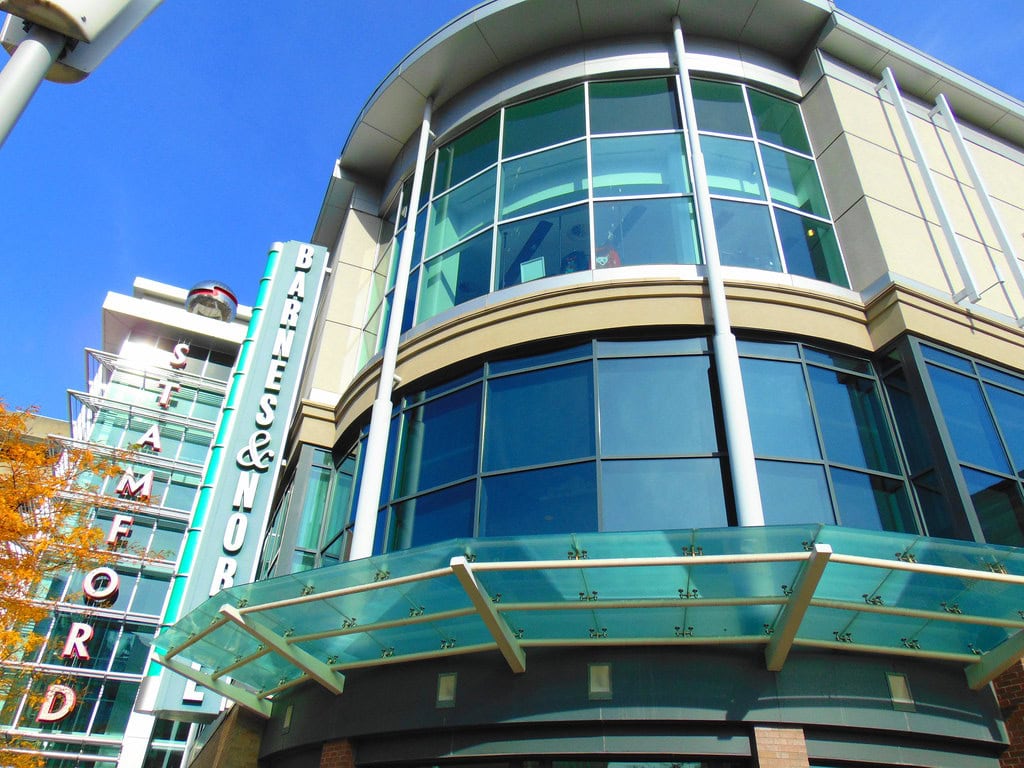Bridgeport, Connecticut, is located next to Long Island Sound. The city has old docks, unused factories, and billboards that show signs of its past industries.
Downtown Bridgeport has undergone various forms of development over time. There is now an amphitheater where the old ballpark used to be, and the train station is practical but not particularly inviting.
Some construction projects were stopped partway and replaced by newer ones. The city has tried ambitious projects and faced many setbacks. Despite many plans failing, new efforts continued to emerge.
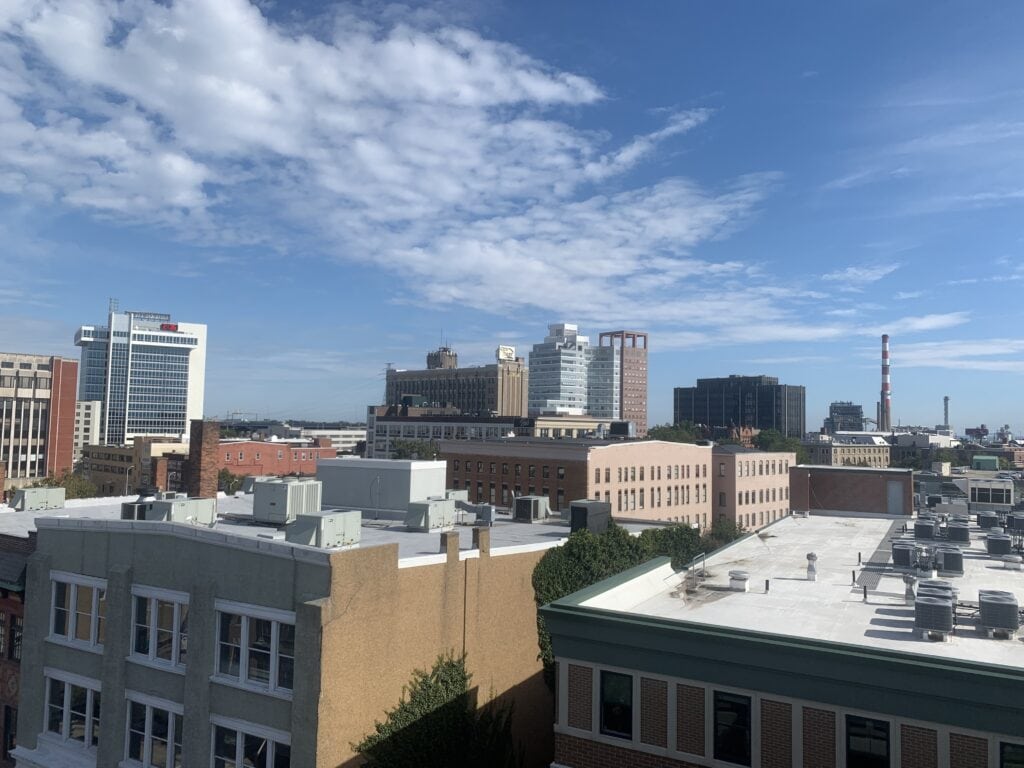
The former Remington Arms factory and the remains of Pleasure Beach are examples of places that were once important but have since declined, remaining in memory.
For every public revival, there's a project that went nowhere. For every hopeful headline, a punchline Bridgeport never quite outran.
What remains includes physical reminders of past industries and developments, as well as memories, frustration, and regret about some events in the city's history.
Bridgeport once hosted the nation's largest pile of rotting circus animals.
In 1880, a tragic fire at P.T. Barnum's winter quarters in Bridgeport killed more than 200 animals, such as elephants, lions, and camels.
With no immediate way to dispose of the carcasses, they were left to decay on site.
The smell from the site lasted for weeks and was reported in newspapers across the country.
The incident damaged Bridgeport's reputation for many years to come.
This was especially notable because Barnum was closely involved in the city's civic life.
The city's Pleasure Beach burned down and was left in ruins for over 20 years.
Pleasure Beach was once a busy amusement park until its closure in 1958.
For about 40 years, the park had been left to decay, with its roller coasters overgrown with weeds and covered in graffiti.
Still, it was abandoned after a 1996 fire destroyed the bridge that connected it to the city.
It became a visual reminder of urban decline until partial access was restored in 2014, though the original park remains gone.
Bridgeport's botched redevelopment project left a "dead mall" standing for decades.
In the early 1980s, city leaders demolished large swaths of downtown for a redevelopment plan that hinged on the new Lafayette Plaza Mall.
The mall failed, with few visitors and many vacant stores.
For years, the building remained nearly empty, becoming an example of unsuccessful urban renewal efforts.
Most of the structure wasn't demolished until the 2010s, after long delays and litigation.
Bridgeport once had one of the highest homicide rates in the Northeast.
In the early 1990s, the homicide rate in Bridgeport was higher than in many other cities of similar size.
The increase in violence was connected to crack cocaine trafficking and persistent poverty.
In some neighborhoods, gun violence happened almost every day, which made it hard for police to keep order and made people feel less safe.
Although crime rates have improved since then, the city continues to work to shake off its past reputation as a dangerous place.
Bridgeport was the headquarters of the FBI's largest-ever municipal corruption probe in Connecticut.
In the 2000s, the city's then-mayor was convicted on 16 federal counts.
The case involved bribes, extortion, and over $500,000 in illegal gifts.
Ganim's conviction further weakened public trust in Bridgeport, particularly since it occurred during a time when the city was attempting to attract business and new development.
Remarkably, he later returned to office after serving time in prison.
Bridgeport Stadium remained unused for years.
After the Bluefish baseball team left in 2017, Bridgeport's Harbor Yard stadium was supposed to become an amphitheater.
Due to construction delays, funding shortages, and contract disagreements, the stadium remained closed for almost four years.
The empty stadium was viewed by many people as an example of missed chances in developing the waterfront until it was finally converted into a concert amphitheater and reopened in 2021.
Bridgeport's airport lost commercial airline service after years of inadequate investment.
Igor I. Sikorsky Memorial Airport used to have regular commercial flights.
A lack of funding and political disagreements led to the airport's decline over time.
By the 1990s, all major airlines had stopped flying to the airport.
Residents have been frustrated for years that the airport is not used more, especially since Bridgeport is close to both New York and Hartford.
Bridgeport's Remington Arms site remains a major unremediated industrial brownfield.
The former Remington Arms factory site, once a major employer, has stood unused and fenced off for decades.
Though there were plans for redevelopment, the land remains heavily contaminated with lead, arsenic, and other industrial waste.
Nearby residents, many from low-income neighborhoods, have raised long-standing environmental justice concerns over the site's impact and the slow pace of cleanup and planning.
Stratford and Bridgeport fought a legal battle over sewer access through airport land.
In 1977, the Town of Stratford sued the City of Bridgeport in a dispute over sewer lines crossing airport property owned by Bridgeport.
The lawsuit centered on land rights and compensation tied to the sewage system that served parts of Stratford but ran beneath Bridgeport-controlled territory.
The case exposed the complexities of regional infrastructure where jurisdictional boundaries clashed.
It underscored long-running friction between neighboring towns over shared public services and land use, especially around the contested boundaries of Sikorsky Memorial Airport.
After years of lobbying for a downtown casino, the plan was dropped.
For almost ten years, city officials promoted a waterfront casino as a means to boost the local economy.
The proposal failed due to political opposition at the state level, regulatory obstacles, and opposition from other tribes, despite strong public support and detailed plans.
These repeated failed attempts have left many residents disappointed, and the city continues to seek a project that could help revive downtown.
A 1942 munitions explosion in Bridgeport damaged an entire city block.
During World War II, a Remington Arms munitions plant exploded, killing at least ten workers and injuring many more.
The explosion broke windows miles from the site and left a large crater.
Federal investigators said the cause was poor safety procedures.
The disaster affected how people viewed Bridgeport's wartime industry for a long time.
The Bridgeport-Port Jefferson ferry almost stopped running because of unpaid taxes.
In the early 2000s, a tax dispute between Bridgeport and the ferry company nearly led to the shutdown of the ferry.
If the ferry had stopped, it would have cut off an important transportation connection between Connecticut and Long Island.
Public protests and legal action allowed the ferry to continue operating.
Still, the incident revealed that Bridgeport was struggling financially and had a strained relationship with local businesses.
Bridgeport became a poster child for urban bankruptcy in 1991.
The city had a $12 million budget deficit.
It filed for federal bankruptcy protection, becoming the largest city in the United States to do so at the time.
Although the bankruptcy filing was later dismissed, the city's reputation was still affected.
Bridgeport was viewed as an example of poor financial management, which made it more challenging for the city to attract new investment.
A plan to turn Bridgeport into a movie studio hub fell apart spectacularly.
In the 2000s, developers proposed Studio Park, a $400 million film production complex to be built on old industrial land.
The plan involved building sound stages, hotels, and schools, but it was cancelled due to funding problems, disagreements over the land, and a lack of state support.
Years later, the lot remained empty, with only grading and preparation work completed, and no movies were ever made there.
Bridgeport faced one of the highest homicide rates in Connecticut during the early 1990s.
By the early 1990s, Bridgeport's homicide rate had spiked to the highest in the state.
Much of the violence was concentrated in and around public housing complexes in the East Side and North End, where organized gangs like the Latin Kings and Park Ave Boyz operated openly.
Gun violence, drug-related killings, and territorial disputes overwhelmed local law enforcement and shaped public perceptions of danger across the city.
Bridgeport had Connecticut's highest high school dropout rate in the late 2000s.
By 2007-08, Bridgeport recorded the state's highest dropout rate among major school districts, with nearly 7% of students leaving school annually.
Graduation rates lagged far behind those in nearby suburbs, and decades of underfunding, outdated buildings, and limited academic support compounded the problem.
As of 2000, about 35% of adults in the city lacked a high school diploma, underscoring the long-term impact of educational instability.
Bridgeport's main train station was long seen as outdated and poorly maintained.
The Bridgeport Metro-North and Amtrak station, rebuilt in the 1970s and partially upgraded in the 1990s, has long drawn local criticism for its dated appearance, limited amenities, and unwelcoming layout.
Though it functions as a key regional transit hub, many commuters have described it as poorly lit and lacking in comfort.
Its condition stood in contrast to newer or renovated stations nearby, reinforcing Bridgeport's broader struggles with infrastructure investment.
For years, the station reflected a city caught between its industrial past and uncertain revitalization.
The closure of Bridgeport Brass Company left a large area of polluted and unused industrial land.
The Bridgeport Brass Company, a major employer, shut down in the 1980s, leaving a large, polluted site.
The property was fenced off and left to deteriorate for many years, with problems including asbestos, heavy metals, and fires set on the property.
Cleanup was slow, costly, and led to disagreements, further exacerbating the city's struggles with abandoned and rundown properties.
Bridgeport's proposed Superblock project cleared downtown buildings but never broke ground.
In the late 1960s and early 1970s, Bridgeport officials launched an ambitious downtown redevelopment effort called the "Superblock," aimed at attracting major retail and office investment.
Entire blocks of historic buildings were demolished in preparation, displacing businesses and residents.
But after funding shortfalls and shifting market conditions, the promised development never materialized.
For years, the cleared lots sat empty or underused, and some eventually turned into surface parking.
The Superblock became a local example of urban renewal efforts that destroyed more than they built, leaving lasting gaps in the downtown fabric.
A public housing complex was demolished without any plan for replacement.
In the 1990s, the Father Panik Village, one of the oldest public housing projects in the country, was demolished after years of decay and rising crime.
But the city failed to develop new low-income housing to replace it.
Demolishing the housing complex forced hundreds of families to relocate, and the site remained underutilized for years, exacerbating Bridgeport's affordable housing problem.


